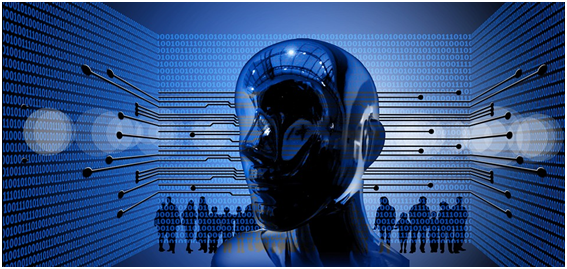
We are already seeing technologies such as VoIP and PBX transforming communication and collaboration between employees and AI will be the next technology to impact on this – particularly in the meeting room.
Tailoring the user experience
Some organisations are already using voice-activated controls to help manage meeting rooms, such as to control presentations but machine learning and AI have great potential to transform meeting rooms further. Machine learning will be able to detect employees’ behaviour and react to it, thus enhancing the experience specifically for individuals. Microsoft already has an AI device that uses facial recognition to scan the room and identify participants.
Other AI devices have the potential to connect over the IoT network with other devices in the meeting room i.e. screens, computer terminals, temperature controls, and lights. They can then turn lights on/off or adjust the temperature as people enter or leave the room. The technology could also preload the relevant presentation, logos and graphics for each person that enters the room.
Virtual assistance
Virtual assistance will be another key feature of AI technology in the future. Already, Microsoft and AISense have developed and launched technology that is able to transcribe everything said in a meeting. Otter by AISense also uses machine learning to record and transcribe meetings in real-time, then creates 10 keywords and then allows you to search through transcriptions and play the parts of the recording where these are mentioned. As the brain is only able to recall between 10 and 20 percent of the information from a meeting, this can be very useful.
If you are based in London but want to escape to a bit of tranquillity and are looking for suitable meeting rooms Windsor could be the ideal location for you. Why not take a look at the website of an expert such as https://royaladelaide.com/meetings/ today?
Cost savings
On top of eliminating the costs of employing a minute-taker/transcriber, AI can help to keep the cost of meeting rooms down by turning off lights and air conditioning when meeting rooms are vacant, thus minimising energy usage.
Improved working environments
When technology works correctly in a meeting room, participants are more engaged, less time is wasted and stress is reduced. AI can improve these working environments and increase productivity through virtual assistance and automated technology.


